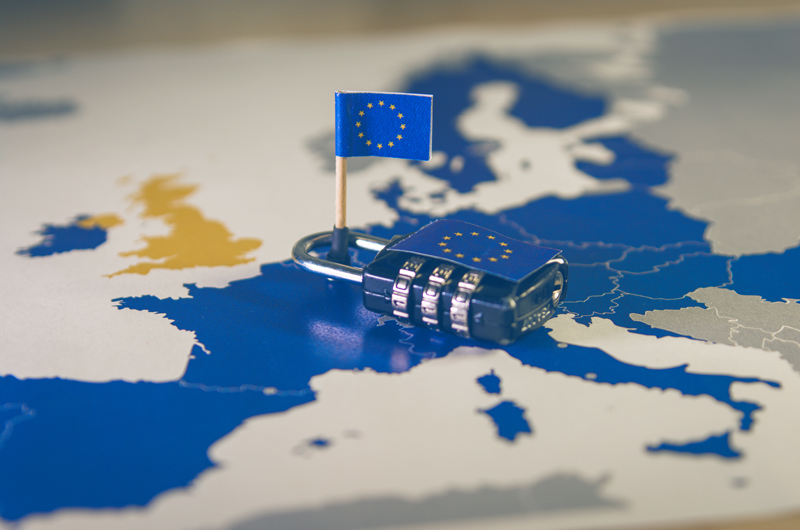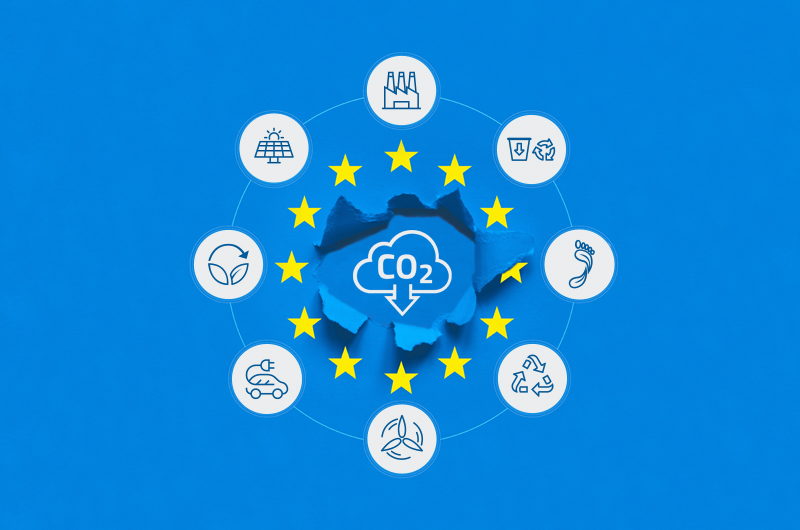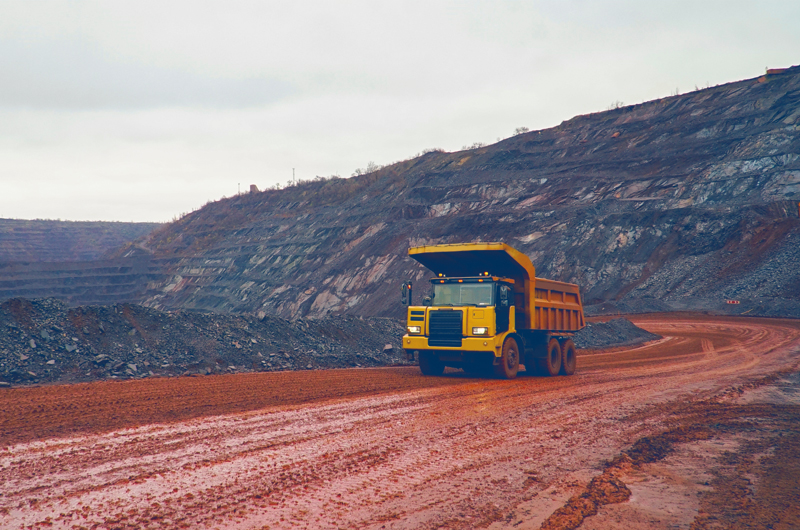What is the Carbon Border Adjustment Mechanism (CBAM)?
In essence, CBAM is a tariff that the European Union and other regions will impose on imported goods based on their carbon footprints. It serves two primary purposes. The first is that the EU wants to protect domestic industries that may be at a competitive disadvantage against those in regions with lenient or no carbon regulations. The second is to encourage other countries to adopt carbon pricing or other concrete measures to reduce emissions. If they don’t, their exports will be subject to hefty tariffs. Given the implications of CBAM, companies worldwide will need to re-evaluate their operations to maintain competitiveness and ensure compliance.







